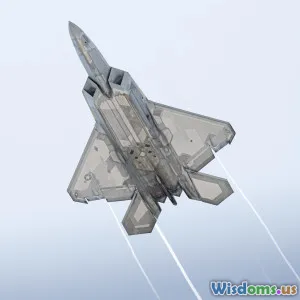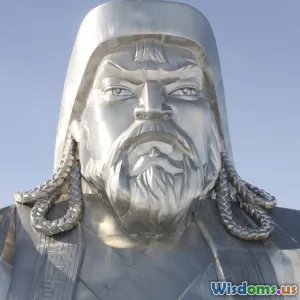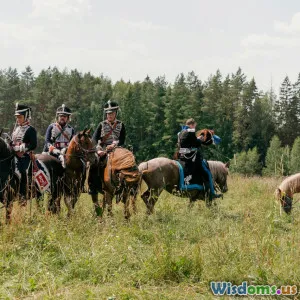
Lessons from Genghis Khans Success on the Battlefield
15 min read Discover battlefield strategies from Genghis Khan and how his leadership principles shaped military history. (0 Reviews)
Lessons from Genghis Khan's Success on the Battlefield
Few figures in history have reshaped the world as dramatically as Genghis Khan. Rising from humble beginnings on the windswept steppes of Mongolia, Temüjin—later crowned as Genghis Khan—founded an empire spanning from the Pacific to the heart of Europe and the Middle East. His battlefield brilliance was neither a stroke of luck nor sheer brute force; rather, his unprecedented success stemmed from an intricate web of innovative tactics, psychological mastery, bold leadership, and an unyielding vision.
The Power of Unified Command
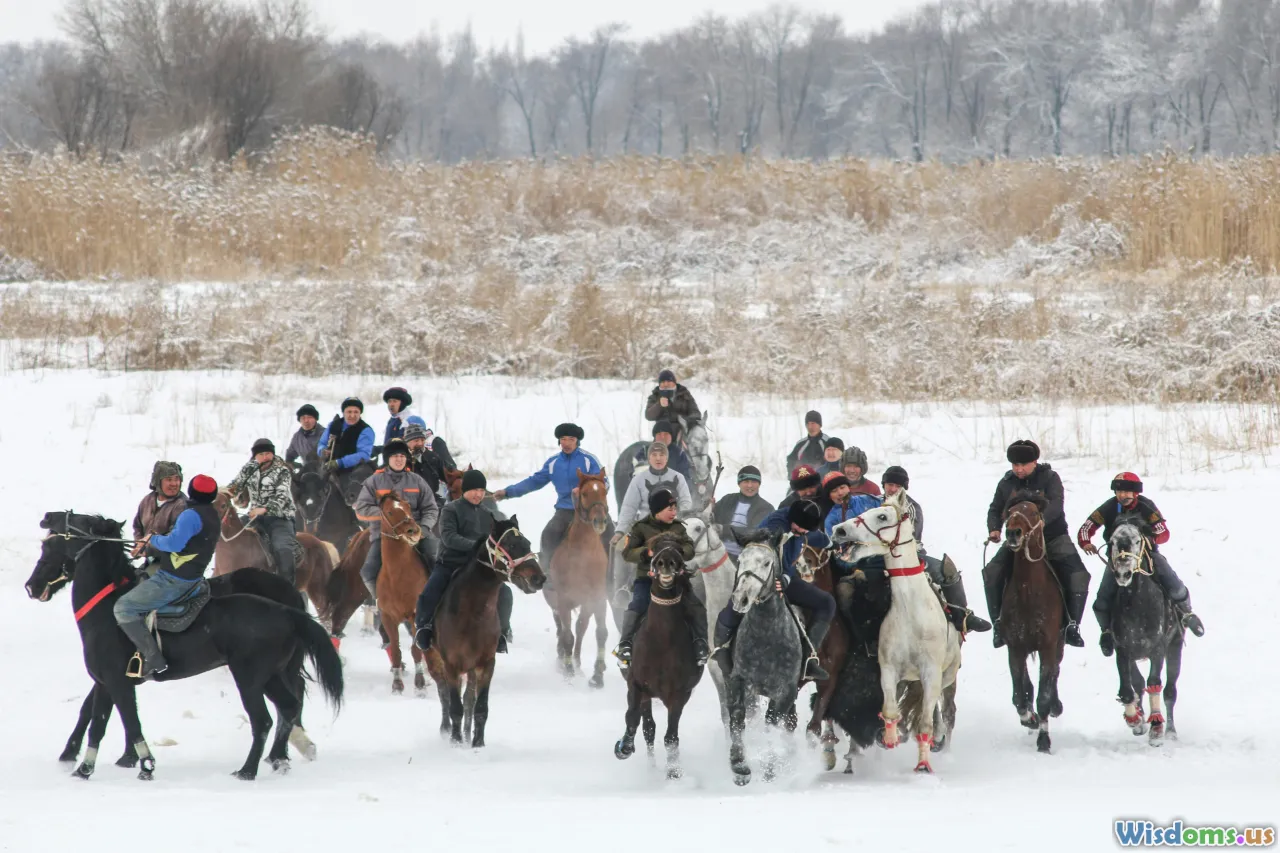
Genghis Khan understood from day one that divided leaders could not inspire a united army. When he united the Mongol tribes, many seasoned captains followed out of personal loyalty, ethnic ties, or survival instincts. But Genghis went far beyond tribal customs. He reorganized the military into the decimal system: each soldier belonged to a unit of ten (an arban), one hundred (a zuun), one thousand (a mingghan), and ten thousand (a tumen). This system built a strong chain of command and accountability while also erasing longstanding tribal rivalries. Promotion depended on merit, not birth.
Lesson: Success on any large "battlefield"—whether business, sports, or politics—comes from organizing around a unified structure. Strong leadership, clear hierarchies, and rewards based on achievement foster cohesion and trust. Consider modern corporations like Apple and Toyota, which thrive on well-defined organizational structures that transcend personal connections.
Mastering Mobility and Logistics

No army moved farther or faster than Genghis Khan’s. Each Mongol warrior typically had three to five horses and rode up to 100 miles in one day—a pace unheard of in medieval warfare. These mobile tactics enabled surprise attacks hundreds of miles from their last sighting, bewildering enemies who could neither predict nor counter their speed. Moreover, the Mongols traveled light, subsisting on mare's milk (airag), dried meat, and even supplementing their rations by bleeding their horses when needed, rather than depending on cumbersome supply lines.
Example: In their invasion of the Khwarazmian Empire, Mongol forces famously crossed the Kyzylkum Desert—an impossible feat for traditional foot armies—and appeared behind enemy lines, contributing to their repeated victories.
Takeaway: Agility, both physical and organizational, remains a critical asset. Whether in logistics, adaptability to market changes, or responding to competitors, the ability to move quickly and efficiently—often with limited resources—is invaluable. Companies embracing lean operations, like Zara in fast fashion, echo this Mongol readiness and flexibility.
Intelligence and Espionage: Knowing the Enemy

Genghis Khan’s campaigns were rarely started blindly. The Mongols dispatched elaborate networks of scouts, spies, and scouts to gather terrain knowledge, enemy disposition, and political rivalries. Before attacking the formidable city of Samarkand, Mongol scouts had mapped its defenses, possible entry points, alliances, and supply sources. They used psychological intelligence just as much as maps, spreading rumors of their own invincibility and dissecting enemy morale.
The Mongols pioneered the yām system—a network of relay stations for intelligence and dispatches, anticipating modern postal and communication services. Critical messages, reports, and orders traveled across Asia at remarkable speed, always keeping command in touch with the front.
Practical insight: In any competitive scenario, reliable intelligence—about markets, competition, or technological change—defines the winners. Modern businesses spend lavishly on data analytics and market research for similar reasons. Investing in knowledge pays the highest dividends on any battlefront.
Innovative Battlefield Tactics
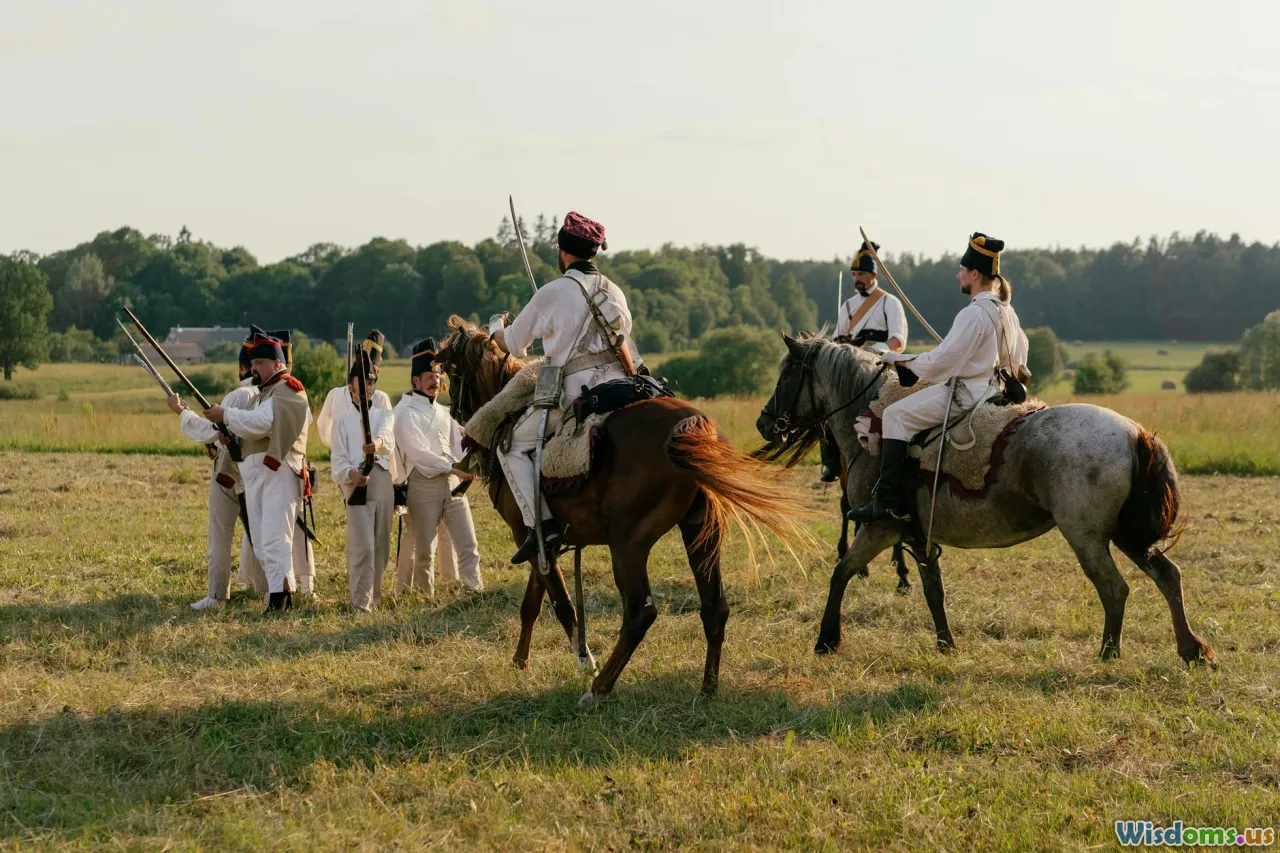
Perhaps nothing distinguished Genghis Khan more than his inventive military tactics. Mongol armies were devastatingly effective cavalry archers, unleashing arrows while galloping at speed. They employed strategies such as the feigned retreat: pretending to scatter in panic, only to lure overconfident pursuers into deadly traps, enveloped by hidden reserves. This ruse defeated armies from Hungary to northern China.
Other distinctive tactics included:
- Encirclement: Surrounding enemy armies, cutting off escape and supplies.
- Visual deception: Using straw dummies and fires to appear numerically superior.
- Hit-and-run raids: Dismantling defenses before decisive attacks.
Comparison: These tactics prefigured modern combined-arms warfare and psychological operations—seen in Napoleon’s maneuver warfare and the German Blitzkrieg centuries later. In business, think of creative marketing campaigns that outflank a dominant rival with guerrilla approaches or rapid innovation cycles.
Harnessing Psychological Warfare

Ironically, much of Genghis Khan's success relied on the battles he never needed to fight—because cities surrendered in fear. For those who yielded swiftly, the Mongols often spared lives and property; for armed resistance, they responded with overwhelming ferocity, making examples whose stories echoed ahead of their advance. The sack of Nishapur, for instance, became a byword for ruthless retribution, and this reputation led other cities to fall without a fight.
Mongols spread controlled rumors, showcased the fate of rebels, and distributed manifestos promising fair treatment to the compliant. The psychological calculus was clear: surrender was preferable to obliteration.
Actionable Advice: Reputation management—projecting reliability, restraint, and the will to act—remains vital. Tech giants or startups, law firms or sports teams, routinely manage both direct action and the perception of their ability to act. Fear, while risky when abused, remains a powerful motivator.
Incorporating the Best from Conquered Peoples

Some conquerors destroy joined cultures; Genghis Khan recruited and adopted. Mongol commanders incorporated engineers, translators, physicians, siege experts, and even musicians from vanquished lands. During the siege of Zhongdu (modern Beijing), Persian and Chinese specialist engineers built large catapults and trebuchets to breach city walls—technology previously unused by the nomadic Mongols.
Genghis appointed governors and advisors of varied faiths and backgrounds, creating a decentralized but stable empire. Religious tolerance (for Buddhists, Christians, Muslims, and more) allowed the Mongols to govern far-flung, diverse societies with surprisingly little rebellion, given their reputation as destroyers.
Modern parallel: Today, leading organizations thrive by integrating talents and best practices from diverse backgrounds—whether by mergers, international hiring, or open innovation platforms. Flexibility and openness can multiply the effectiveness of any campaign, from tech launches to social initiatives.
Decision-Making Under Pressure

The world Genghis Khan confronted was deeply unpredictable, with every campaign offering unprecedented dangers and opportunities. He responded with decisive, clear commands and maintained rigorous councils of war. Key advisors debated strategy openly in the kurultai (council), but once Genghis selected a course, all dissent ceased.
His pragmatism was legendary. After defeating the Khwarazmian Empire, Genghis reversed his original plan of returning to Mongolia and instead opted for a sweeping western campaign, exploiting sudden weaknesses. That willingness to alter course—to pivot rapidly—was crucial.
How-to: Cultivate a disciplined decision-making process that encourages debate, then unites around a clear plan. In modern leadership: hold productive strategy sessions, empower diverse input, but ensure all teams move forward resolutely after a decision.
Cultivating Loyalty and Motivation

Why did so many Mongol soldiers—facing constant danger and grueling marches—display extraordinary discipline and morale? Genghis Khan developed a robust compensation and incentive system:
- Spoils distribution: Wealth from conquests was divided more equitably than among most medieval armies, reducing class tensions and theft.
- Merit promotion: Simple herdsmen could command over thousands by virtue of skill or bravery.
- Collective responsibility: Loyalty to the arban (ten-man squad) meant each soldier depended on, and was held by, their comrades.
Loyalty was enforced socially and emotionally—not just by punishment. The Mongol code, or Yassa, extolled duty, respect, and honesty.
Modern application: Today's organizations build retention not only through pay but through recognizing merit, clear career paths, and team solidarity. Employee engagement programs often echo these ancient principles—combining rewards with a greater sense of mission.
Learning from Defeat and Adapting

Genghis Khan won many battles, but not all. Early defeats and betrayals—as when his friend Jamuka split their fledgling alliance—spurred Genghis to revise his strategies. In some campaigns, his troops faced unfamiliar environments (forest warfare in Georgia, mountainous sieges in Afghanistan), demanding swift adaptation. The Mongols went so far as to incorporate enemy tactics into their own arsenal after every major confrontation.
Example: In multiple sieges within the Jin Dynasty, Mongol armies initially failed because of their dependence on mobility; but they learned siegecraft from Chinese and Central Asian engineers, leading to stunning victories.
Analysis: This growth mindset—viewing setbacks as data to improve tactics—explains the sustained expansion of the Mongol Empire when so many empires stagnated.
Practical advice: Encourage institutional candor about errors. Post-project reviews, retro meetings, or A/B testing (in tech), allow teams to iterate and update strategies continuously, echoing the Mongol practice.
Building Resilience for the Campaign Ahead

Supreme endurance defined the Mongol war machine. Genghis Khan’s men trained from childhood to ride, hunt, and survive. Their lives on the steppe meant adapting to freezing winters, water-scarce deserts, and relentless hardship. On campaign, they slept in shifts under carts, relying on cross-trained skills and brutal physical preparation.
Concrete insight: Modern high-performance teams—elite athletes, marathon startups, disaster relief squads—mirror this philosophy. Resilience training, contingency planning, and readiness for volatility are not just virtues, but prerequisites for extraordinary success.
Genghis Khan’s revolutionary principles on the battlefield extend far beyond tales of conquests and cavalry. They reveal timeless lessons in leadership, adaptability, and vision—from forging unity amid complexity to mastering the art of motivation, intelligence, and innovation. Harness these insights in modern challenges and watch victories follow, even on fields far removed from the windy steppe.
Rate the Post
User Reviews
Popular Posts











